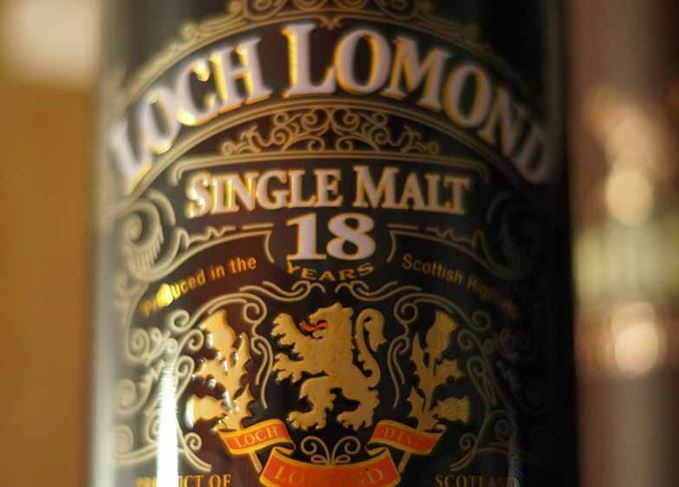Single malts, blended malts, blended Scotch, single grain – there is a label for every type of whisky, and with that comes understandable confusion. But how can something described as ‘single’ by name be ‘blended’ by nature? Fear not, the Whisky Professor is here to explain everything.

Dear Prof,
I was at my first whisky tasting the other night and, not long into the evening, the discussion turned to blends.
Someone – I assume far more knowledgeable about these things than myself – said: ‘Of course, single malts are blends too.’ But before I had a chance to ask what he meant, the conversation had moved on to another topic (something about sulphur, I think).
Can you maybe explain that enigmatic statement, because it sounds wrong? How can something single be blended?
Many thanks in advance.
Confused
Melton Mowbray

Here to help: Blending single malts is vital for volumes, character and consistency, says the Prof
Dear Confused
I can understand why you would find such a gnomic utterance somewhat bewildering. After all, the regulations seem to be perfectly clear. A single malt is the product of a single distillery, a blended malt is the product of more than one, a blended Scotch is a blend of grain whisky and malt whisky. Saying a single malt is a blend is oxymoronic.
But think of how that single malt is put together. Unless it is a single cask, it will be an amalgamation (I’m trying not to use the ‘B’ word for the moment) of different casks. Combining different casks will give the distiller volume.
Now, let’s think in terms of flavour. Each single malt distillery produces a distinct and individual character. (Some make a few, but let’s not get dragged down that rabbit hole today). Distillery A is different in style to distillery B, and so on through all of the hundred-and-whatever distilleries operating in Scotland. This ‘distillery character’ is their DNA. It is what defines them and separates them from their neighbours.
If a distiller wishes to create variations within that distillery character, he will put the new make into a range of cask types. In simple terms, a first fill ex-Bourbon cask will add vanilla; a first fill European oak ex-Sherry will add tannin and dried fruit; refill casks will add more subtle influences. The result is a more complex range of flavours, all identifiably from that distillery, but subtly different from each other.
Some distilleries will concentrate on one particular cask type – ex-Sherry or ex-Bourbon, for example – but they too can play tunes by using variations on that theme – virgin oak, first fill, refill, tired, different toasting levels, etc.

Numbers game: Combining different casks will give distillers volume
Now, think about maturity. Each of these cask types will mature the whisky in slightly different ways. A fresh cask (first fill) will give a bigger hit of flavour more quickly than one that has been filled a few times already (the refill). If you were to take a cross-section of different cask types of the same age, you would see a wide range of different flavours. Some give aroma, some add texture, some add structure.
This allows the distiller to create a range of products from the same distillery. One might have more first fill American oak, another more ex-Sherry, this one more refill. Add in the different characters created along the distillery’s timeline and you can see what a huge variety of possible flavour combinations there are.
So, now we have distillery character plus different cask types, plus different levels of maturity. All of these are flavour possibilities for the distiller. You can see how the complexity is growing. A single malt is, therefore, a mix of different cask types and, potentially, ages – there’s nothing to stop some 15-year-old first fill Sherry casks going into a 12-year-old single malt based on refill casks.
The distiller is looking to create a complex product. That means they will have a ‘recipe’, for want of a better term, of ‘X’ amount of this cask plus ‘Y’ amount of that one. They know that when the distinctive flavours created by cask and by time are combined, they will produce a single malt which has distillery character and is also complex – and with volume.
They also want it to be consistent. Every time you buy a particular distillery’s single malt, it will not only be identifiably from that distillery but it will taste the same as the time before. But, because each cask is slightly different, that ‘recipe’ is flexible. The distiller will be working to an end flavour.
In other words, the way in which a single malt is assembled is exactly the same as the way in which a blend is composed. Volume, character and consistency are the by-words. They are blends.
I hope this helps.
Yours aye
Prof
Do you have a burning question about Scotch whisky for the Whisky Professor? Email him at [email protected].




